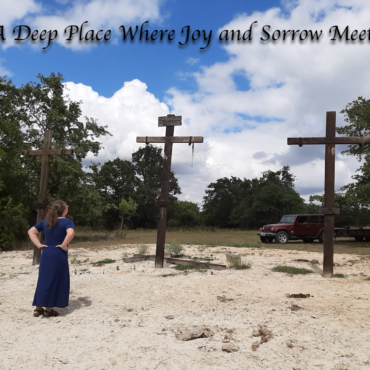 I do not know of any writer or author who hasn’t, at one time or another, heard the adage, SHOW don’t tell. Yet, it is so easy to be caught up in the moment of the art and instead of showing our readers what’s going on in our mind, we tell them and by so cheat our readers of the experience of seeing, sensing and feeling the tensions and emotions themselves. I love the way one editor explained it to me.The simplest way, she said, is for an author to imagine s/he’s watching the scene s/he’s written up on a move screen, but the sound has gone out.
I do not know of any writer or author who hasn’t, at one time or another, heard the adage, SHOW don’t tell. Yet, it is so easy to be caught up in the moment of the art and instead of showing our readers what’s going on in our mind, we tell them and by so cheat our readers of the experience of seeing, sensing and feeling the tensions and emotions themselves. I love the way one editor explained it to me.The simplest way, she said, is for an author to imagine s/he’s watching the scene s/he’s written up on a move screen, but the sound has gone out.
Without audio, we can’t hear a character say ‘I’m nervous about walking into this room;’ there’s no voiceover to fill in the blank and explain S/he is feeling nervous about walking into the room; there’s not even any background music to clue us in. The only thing we have are the physical details we can see up on the screen, such as: the way s/he starts to take a tentative step forward, but then stops and steps back instead; the way his/her hand trembles as s/he reaches for the brass doorknob; the way s/he closes her eyes and takes in a deep breath before finally pushing the heavy oak door open. Those visual cues show us what nervous looks like, so that we can interpret the emotion ourselves. That is what every writer needs to bring to their pages.
Dialogue is another important tool for showing rather than telling. A person’s way of speech, dialect, accent (think Eliza Doolittle in My Fair Lady) can show us a lot about a character’s background, such as where they’re from and upbringing. Dialogue shows our characters’ mood and intentions and helps to show our reader a lot about that character. Dialogue also helps to show our readers how that character has changed or not changed over the course of our story.
One way to ensure you’re showing and not telling, is to highlight or circle action verbs in your work and come up with a way to describe that action rather than just using the verb.
Example: The mobster looked across the room and saw him–Clive–the man he had been hunting the past three months. He stood up and walked over to meet him.
Well, those two statements above do not. Firstly, the mobster would not just simply walk over to a guy he’s been chasing for months. The mere use of the word “walk”, already diminishes any tension I may have shown up to this point and does nothing to show my reader how the mobster character is feeling at that moment.
Revised sentence: The mobster looked across the smoke-filled room. He squinted his eyes and focused on the figure of the man sitting at the bar. Clive! “Dirty scoundrel!” he muttered under his breath, knocking the bar stool over as he stood to his feet. He bullied his way through the crowd as he marched over.
While that was just a quick revision, I’m sure more could be done with the scene. To tell the truth, what I wrote in the revised sentence did not capture the exactly what was playing in my mind. What I say in my mind’s eye view, was this muscled-ripped guy. When he stood up, his thick, ripped thighs knocked over the table, and as he stormed from one end of the club to the other, he rudely knocked people aside. So while I did show more in the revised sentence, I failed to bring the entire scene to light or to the page as in the words of the editor. Well, hope this helps.
Stay Blessed,
~Arama Christiana
Website
Facebook
GoFundMe


